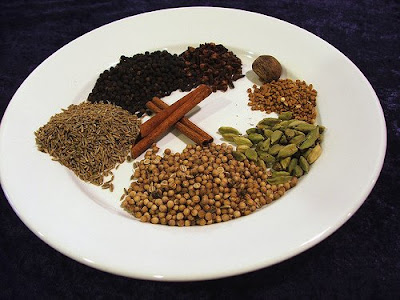
If you always thought of Kashmir as a 'traveler's paradise', then think it over again. It is a 'cuisine paradise' as well. As an amalgamation of Afghani and Persian culture Kashmir's cuisine offers many redolent vegetarian and non-vegetarian delicacies. Liberal use of spices, condiments and curd marks the preparation of Kashmiri Cuisine. These savors are marked by three distinguished styles of cooking – Kashmiri Pandits, Muslims and Rajputs. While Kashmiri Pandits refrain from the use of onions and garlic, while Muslims avoid the use of asafoetida (hing) and curds. Kashmiri Cuisine outranks in the preparation of non-vegetarian and more so in the meat based dishes with lamb being preferred over others.
Kashmiri Pandit food is a very elaborate affair. There is a distinct parity vis-a-vis other culinary arts of the state. The entire cuisine including the meats is cooked without onions, garlic, tomatoes. Dishes like Haak Kashmiri palak, Kashmiri Pulavafrani Pulav are simply mouth watering. Kashmiri Muslim cuisine boasts of some delectable dishes like Goushtaba, Rista, Roganjosh, and Mirchwagan Korma.
The unique formal lavish 36 course banquet in Kashmir, only restricted to the Muslims of Kashmir, is regarded as the pride of Kashmir culture and identity. This multi-course meal is treated with great respect and the preparation is considered an art. The day of a Kashmiri culminates with a cup of steeming hot Kahwa, a digestive green tea specially made in a copper or brass samovar (a big kettle).
Cuisine of Jammu and Kashmir is nothing less than a treasure for the food lovers. Such an assemblage, so sapid, so palatable, you will get all this only in the cuisine of Jammu and Kashmir. The tremendous options that this cuisine offers is seldom seen any place else.
Swati Saxena
